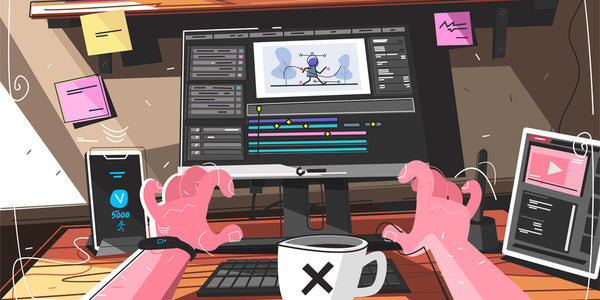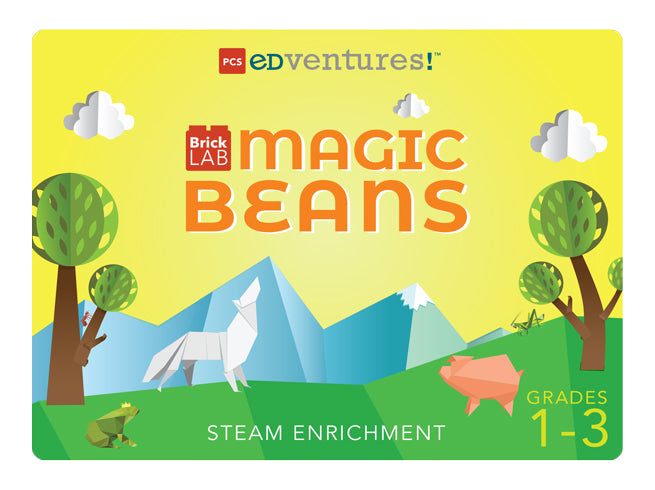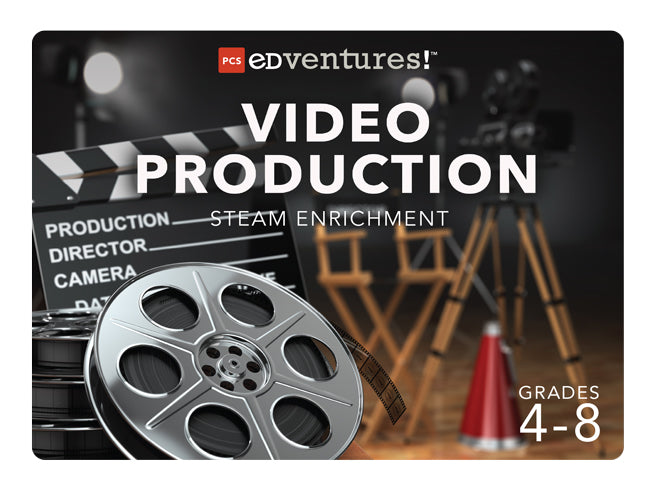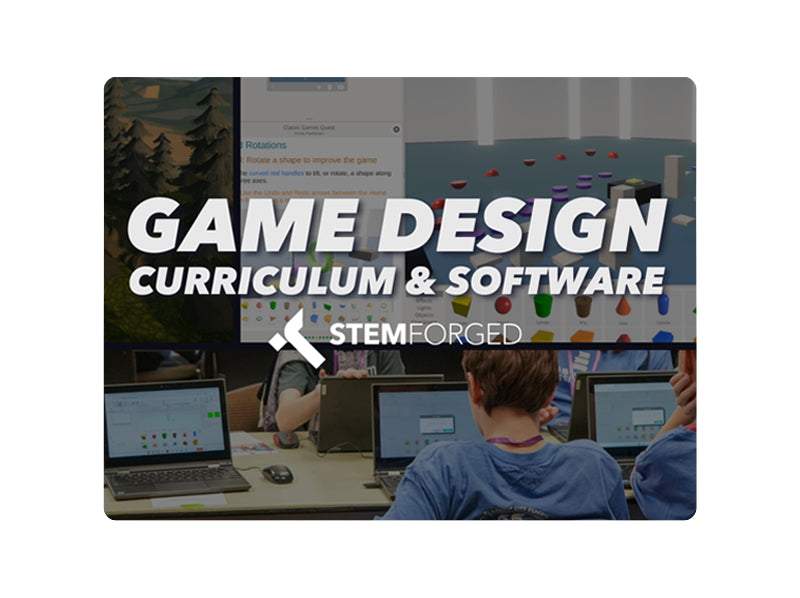
Career Exploration: Arts
What is Art?
Art is more than craft projects and construction paper. It’s a way of learning, understanding and communicating ideas across cultures and languages. Studies have shown that student test scores improve with arts exposure, and employers are searching for creative thinkers and innovators with strong communication skills — talents that Arts exposure strengthens (O’Neill, 2020). In both the workforce and the classroom, incorporating art into your STEM classes is a great way to increase student engagement by making lessons more hands-on and applicable to real-life.
From teaching high school math (Yes, I did have the When Are We Ever Going to Use This? poster on my wall) to my recent retirement from a semiconductor company, I have seen the impact of STEM promotion first hand. But even the most advanced technical content and processes can be lost if not packaged and communicated in an engaging and visually appealing way. I can’t think of an area of research, product design, system, software or web development, project management and more that isn’t enhanced by an “art and science” approach.
Maureen Hugues
Learning Development Specialist/Technical Writer
We can talk about the value of Art in STEAM all day long, but how does that translate into the workplace? What jobs can an artist hold besides art teacher or “starving artist”? Take a look at our top picks for artistic STEM careers and find out how!
Exciting Art Careers To Explore:
Architect

Architecture is one of the first fields to come to mind when thinking about an artistic application of engineering. As we discussed in Part 4 of our STEAM Career series, architects work to fulfill their client’s vision by combining engineering and artistic design principles to create a beautiful structure that is functional, safe, efficient and fun. Creative architects are always pushing the limits to design unique structures without compromising functionality.
For example, the One World Trade Center in New York City completed construction in 2014. The design process for this 1,776-foot structure began back in 2003, and both safety and visual design were taken into careful account when rebuilding this important piece of American history (Shapiro, 2018). The result is a beautiful icon that is both welcoming and an industry-leader in high-rise safety.
Computer Animator
Computer animators, as discussed in Part 3 of our STEAM Careers series, make use of software tools to animate characters and effects for TV, video games, marketing campaigns, websites and even entire concerts, such as those put on by Gorillaz and Crypton Future Media. At smaller companies, animators often complete the entire animation themselves, from the initial storyboard to the final render. The larger the animation team, the more specialized the positions get.

Some common specializations in animation include:
- Storyboard Artist: illustrates key actions in the animation for approval and provides direction to the animation team.
- Concept Artist: illustrates initial ideas for character and environment designs.
- Character Rigger: uses their in-depth understanding of physics, anatomy and specialized software to create movable skeletons for animated characters.
- Render Wrangler: takes on the more technical role of monitoring the rendering process.
- Key Animator: a senior animator who oversees the entire animation process.
Video Game Developer
In Part 3 of our STEAM Career series, we discussed app and software developers. Video game developers make use of the same technical skill set to implement their artistic vision and bring interactive characters and worlds to life.
Smaller video game companies often require each team member to take on many different pieces of the game development process, including storyboarding, character design and rigging, animation, programming and quality assurance. Larger companies drill down their positions to very specific tasks, such as Bungie, a studio with so many specific jobs that they organize their positions into sixteen different categories.

("Gaming Industry," 2019)
The video game industry is growing rapidly, especially with the rise of cloud-based gaming and esports, making the field more accessible and an excellent place for growth opportunity. Universities offer specialized degree programs for game design, such as Boise State University’s GIMM program.
Sound Engineer
A sound or audio engineer uses specialized equipment and software to record, mix and reproduce sound effects, music and other audio tracks. They work with producers, writers and performers to record and polish audio for use in albums, television, advertisements, audiobooks and more. Sound engineers must have an understanding of the physics and math behind sound as well as its emotional effects. These engineers often have artistic and unstructured personalities and are creative, expressive, innovative and independent people.

Holographic Performance Industry
Did you know that there is an emerging field for “holographic” events, such as museum experiences and live concerts? These performances combine all aspects of STEAM to recreate historical figures or bring life to fictional characters.
The British band, Gorillaz, is an earlier example of a virtual band that started touring with a system of projectors accompanying a live band in 2001 (“Gorillaz,” 2020). In 2009, Crypton Future Media’s characters, including Hatsune Miku, began performing live concerts in Japan (“Hatsune Miku,” 2020). Since then, Crypton’s performances have taken off, and Miku was slated to perform on both weekends of Coachella in California for the first time in 2020.
Live performances such as these involve a variety of STEAM fields, including synthesized or live music production, CGI animation, light and sound engineering, streaming and recording, developing convincing holographic setups and researching augmented reality. Some additional major players in the holographic performance industry include BASE Hologram in the US and Musion 3D in the UK (Wilkinson, 2019).
Expand Your Student’s Love for Art:
With such a variety of exciting, artistic STEM careers growing by the day, you may be wondering how you can help prepare kids for fields that aren’t well-known or may not exist yet. Arts integration is a great way for students to build foundational skills that are applicable to any future.
It can be difficult to create or find a curriculum that effectively incorporates art into STEM topics, but luckily, PCS Edventures has you covered! For young learners, check out our life science Enrichment Program released in 2020, Plants and Seeds: Exploring Life Cycles Through Art.
Flourish in the whimsical world of tunnel books with this STEAM-filled exploration of plants and seeds! Challenge learners to channel their inner storyteller as they create a free-standing, sculptural artwork to visually explain the lifecycle of a plant. Referencing the five kinds of seed dispersal: gravity, water, wind, animal and attachment, each lesson builds problem-solving skills, confidence and creativity as students construct a one-of-a-kind work of art.
Designed to help you start conversations with your learners, this series explores a world of careers. From animation to drone production, the sky is the limit! Join us in this five-part STEAM series as we inspire learners to think about their passions and interests and how they can transform that into a career. Explore each blog article below:
- Part 1: STEAM Career Exploration
- Part 2: Science
- Part 3: Technology
- Part 4: Engineering
- Part 5: Arts
- Part 6: Mathematics
What are your thoughts?
How do you feel about Arts integration into STEM programs? Have you already seen a difference in your classes through integrating artistic activities? Let us know in the comments below, or tag us on Facebook, Twitter or Instagram!















